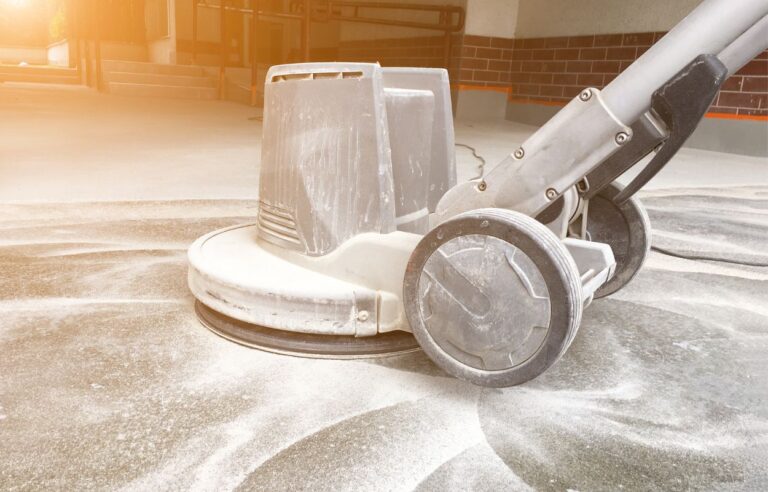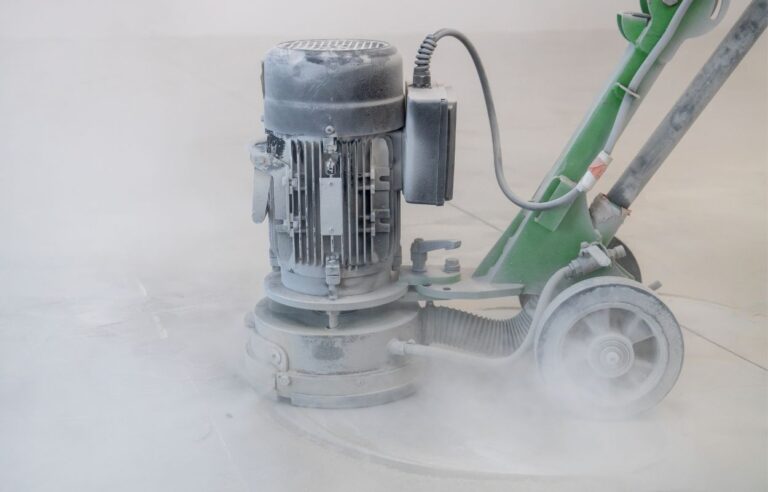When you picture a deconstruction project, wood often gets the spotlight. Salvaged beams, repurposed flooring, and reclaimed doors are usually what come to mind. But there’s another material that plays a huge role in the process—metal.
From steel beams to copper wiring, metal is everywhere in modern buildings. And unlike some materials, metal doesn’t lose strength or quality when recycled. That makes it one of the most valuable resources recovered on a deconstruction site. But what exactly happens to it? Where does it go? And why should you care?
Let’s walk through the journey of metal during deconstruction, and why this often-overlooked material can make a big difference for both your wallet and the planet.
METAL IN BUILDINGS: WHERE IT HIDES
Before we talk about recycling, it helps to know where metal is found in typical homes and commercial spaces. Some of the most common sources include:
- Steel beams and supports – provide structural strength
- Aluminum siding and gutters – lightweight and weather-resistant
- Copper wiring and plumbing – highly valuable when recycled
- Cast iron pipes – common in older homes
- Appliances – stoves, fridges, and washers are full of metal
- Roofing materials – tin, aluminum, and steel roofs are often salvaged
- HVAC systems – ducts, vents, and units contain large amounts of metal
As you can see, almost every part of a building contains some type of metal. When structures are carefully taken apart, those metals don’t go to waste—they go back into circulation.
HOW DECONSTRUCTION DEALS WITH METAL
Unlike demolition, which smashes everything into a pile destined for the landfill, deconstruction is a careful process. Here’s how professionals handle metal on a job site:
IDENTIFICATION AND SEPARATION
Crews identify metal components and separate them from other building materials. This step is crucial because mixed waste often ends up in landfills, while sorted metal can be sent directly to recycling facilities.
REMOVAL AND SORTING
Different metals are sorted into categories like steel, aluminum, copper, or brass. Since some metals are worth more than others, sorting ensures nothing valuable gets overlooked.
PREPARATION FOR RECYCLING
Depending on the type of metal, items may need to be stripped, cut, or cleaned. For example, copper wiring often has insulation removed before being sent to recycling.
TRANSPORT AND RECYCLING
Once sorted and prepped, the metals are delivered to recycling centers or scrap yards. From there, they’re melted down and turned into raw material for new products.
WHY METAL RECYCLING MATTERS
Recycling metal isn’t just about keeping landfills clear. It comes with a long list of benefits that make it one of the most impactful parts of deconstruction:
- Environmental Impact – Recycling metal uses far less energy than mining and refining new ore. For example, recycling aluminum saves up to 95% of the energy required to produce it from raw materials.
- Cost Savings – Salvaging metals reduces dump fees, which can add up quickly if everything goes to the landfill.
- Financial Value – Some metals, like copper, are so valuable that they can offset other project costs.
- Circular Economy – Recycling ensures that resources stay in use instead of being wasted. The same piece of metal can be melted and reused endlessly without losing quality.
COMMONLY RECYCLED METALS ON DECONSTRUCTION SITES
Different types of metal serve different purposes, and each has its own recycling journey:
- Steel – The most recycled material in the world. Used in framing, beams, and roofing.
- Aluminum – Found in siding, gutters, and window frames. Lightweight and easy to recycle.
- Copper – Highly sought after due to its value. Found in plumbing and wiring.
- Brass – Common in fixtures like faucets and handles.
- Cast Iron – Often salvaged from old pipes and bathtubs.
Each of these metals can be reused in new construction, manufacturing, or consumer goods, making them incredibly valuable to recover.
HOW THIS BENEFITS HOMEOWNERS AND CONTRACTORS
You might wonder—what’s in it for you if the metal from your renovation or teardown gets recycled? Quite a lot, actually.
- Lower Dump Fees – Less waste in the landfill means lower disposal costs.
- Potential Earnings – Valuable metals can sometimes be sold for cash at scrap yards.
- Smoother Renovation – Deconstruction creates a cleaner, more organized job site, making it easier for contractors to start fresh.
- Peace of Mind – Knowing your project didn’t contribute unnecessary waste feels good.
DECONSTRUCTION SERVICES IN PARKSVILLE MAKE IT EASY
If you live in Parksville, you don’t need to figure out all this sorting and recycling on your own. Local companies that specialize in deconstruction services in Parksville know exactly how to handle metal responsibly. They have the tools, contacts, and expertise to ensure every valuable resource is salvaged.
By choosing deconstruction over demolition, you’re not just saving money—you’re supporting sustainable practices that keep materials in circulation and reduce environmental impact. Plus, with professional help, you don’t have to lift a finger.
CREATIVE WAYS RECYCLED METAL IS USED
Once metals leave the deconstruction site and head to recycling, they’re transformed into all kinds of new products. Some examples include:
- New building materials like steel beams and aluminum siding
- Consumer goods like bikes, cans, and tools
- Car parts and appliances
- Decorative items like metal artwork or fixtures
In some cases, reclaimed metal is even reused directly. For example, vintage brass fixtures or wrought-iron railings can be cleaned up and installed in a new home, blending history with modern design.
THE FUTURE OF DECONSTRUCTION AND METAL RECOVERY
As sustainability becomes a bigger priority in construction, the demand for deconstruction services is growing. Municipalities are encouraging or even mandating recycling and salvage efforts. This means metals recovered today will play an even larger role in future building projects.
By supporting deconstruction now, you’re contributing to a future where fewer resources are wasted and more materials are reused.
FINAL THOUGHTS
Metal might not be the first thing you think of during a renovation or teardown, but it’s one of the most valuable materials recovered on a deconstruction site. From copper wiring to steel beams, every piece has potential for a second life.
By choosing professionals who know how to identify, separate, and recycle metals, you save money, reduce waste, and support sustainable building practices.
If you’re planning a project in Parksville, don’t let valuable materials go to waste. Partner with experts who provide deconstruction services in Parksville and make sure your project benefits both your budget and the environment.
When it comes to deconstruction, every nail, pipe, and beam has value—and metal proves that nothing truly goes to waste.




